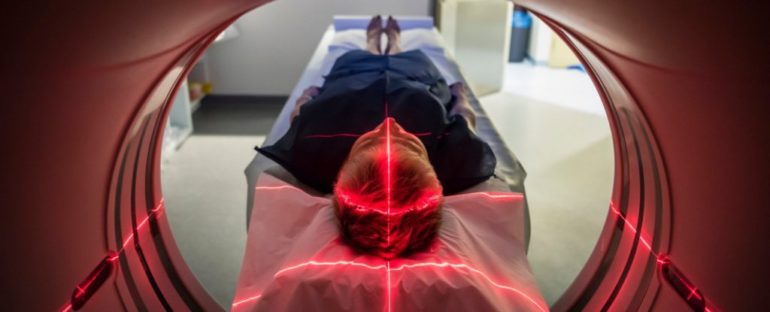For any one of the 2.8 million people around the world living with the autoimmune disorder multiple sclerosis (MS), life changes in ways that can be hard to predict.
Symptoms might come and go. Speech could falter. There may be pain, or perhaps loss of senses. Almost certainly, though, a diagnosis of MS brings with itself a future full of uncertainty. Now, we have a new tool that might help to alleviate the latter.
Getting an accurate prognosis of MS early on can help people better prepare for what’s to come, but clinical testing can’t currently tell clinicians whether or not a specific case will respond well to a particular treatment in the future.
A new study conducted by an international team of researchers used artificial intelligence to identify three relatively distinct subtypes of anatomy among brain scans taken from 6,322 patients with MS.
Defined as cortex-led, normal-appearing white matter-led, and lesion-led subtypes, each follows their own course and responds to treatments in their own way, according to a follow-up investigation.
“We did a further retrospective analysis of patient records to see how people with the newly identified MS subtypes responded to various treatments,” says neurologist Arman Eshaghi from University College London.
“While further clinical studies are needed, there was a clear difference, by subtype, in patients’ response to different treatments and in accumulation of disability over time. This is an important step towards predicting individual responses to therapies.”
The hallmark of MS is the gradual loss of insulating sheaths covering nerve cells. As the immune system mistakenly attacks this insulation, inflammation and scarring builds, leaving lesions that can increasingly interfere with the nerve’s ability to conduct messages.
While loss of nervous function is common to all people with multiple sclerosis, the precise patterns of nervous pathways affected varies widely from person to person, as does the progress of the condition.
It’s possible to assign individual cases to one of four courses based on the appearance of symptoms. Referred to as clinically isolated syndrome, relapsing-remitting, secondary progressive, and primary progressive, each group broadly anticipates the potential for relapses and the likelihood of future disability.
These are handy for determining the path a person’s symptoms are likely to take, but medical specialists would still love to have a way to clinically differentiate abnormalities so they can target treatments.
“Currently MS is classified broadly into progressive and relapsing groups, which are based on patient symptoms; it does not directly rely on the underlying biology of the disease, and therefore cannot assist doctors in choosing the right treatment for the right patients,” says Eshaghi.
The new subtypes are the first steps towards mapping specific MS pathologies, providing clear signs of abnormalities linked with a prognosis.
For example, patients with early signs of lesions that were categorized as a lesion-led subtype also had the highest risk of relapse, and were more likely to sustain a level of disability in the wake of a relapse.
Right now, there is no cure for MS. Treatments tend to focus instead on slowing its progress and helping people manage the worst of its symptoms.
Being able to conduct a simple brain scan and uncover early signs of lesions that could predict a course can now help researchers zero in on abnormalities; in turn, this could inspire new classes of drugs that limit their spread, or even help them heal altogether.
Further studies are on the way, not only to ensure these new categories are on the right track, but to better understand more about the biology responsible for the diversity of symptoms and disease courses.
“The method used to classify MS is currently focused on imaging changes only; we are extending the approach to including other clinical information,” says University of College London neurologist Olga Ciccarelli.
“This exciting field of research will lead to an individual definition of MS course and individual prediction of treatment response in MS using AI, which will be used to select the right treatment for the right patient at the right time.”
This research was published in Nature Communications.
